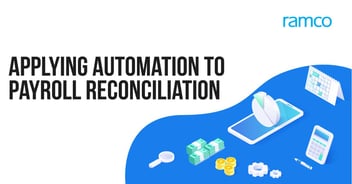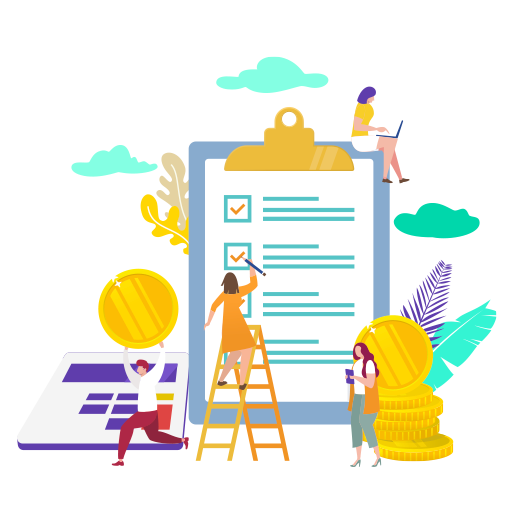
- Home
- Artificial Intelligence Global Payroll
- Payroll: The Decade That Was...
Payroll: The Decade That Was...
Published :

What are the Payroll trends of the past decade that will become a passé in the coming decade, and what are the emerging global payroll trends?
The expectation from payroll was very different a decade ago. We could have predicted that the payroll, a function with repetitive tasks, will get automated. We could have also forecasted that as a supporting function, it will make the lives of HR leaders less complex. So which of these trends of the past decade will continue? And which ones will evolve in new ways?
A historical perspective
The bygone decade was different. The nature of the workforce has changed, especially this year. Never before encountered challenges like COVID-19 are redefining work culture. Then there is the complexity of managing employees in multiple countries, each with their unique taxation and legal requirements.
Organizations must keep pace with new ways of working and also manage compliance, which is why payroll has to take on a strategic role.
Technology as an enabler
Most organizations work with a mix of salaried, contractual and freelance workers. A new work from home culture is also emerging. Organizations have to rethink how payroll and attendance management systems work. Robotic process automation (RPA) is going to play a major role along with AI and machine learning and will take over manual as well as computational tasks like uploading files to ERP systems, verifying payroll calculations or validating data.
The decade ahead
In the years to come, payroll will have a strategic role to play in improving organizational performance. While technology will continue to provide process improvements for time and cost savings, it will also unlock opportunities to address new ways of working. Payroll will focus on the employee experience, make interactions intuitive through zero UI while predictive analytics will provide interesting insights. Integrations with third parties will bring in greater value and governance. In all of this, the role of a managed services partner will become essential as services on cloud save costs for the organization and technology partners can help organizations carve out a strategic role for payroll.
Enterprise asset management (EAM) involves the management of mission critical assets of an organization throughout each asset's lifecycle. EAM is used to plan, optimize, execute, and track the needed maintenance activities with the associated priorities, skills, materials, tools, and information. The aim is to optimize the quality and utilization of assets throughout their lifecycle, increase productive uptime and reduce operational costs.
Enterprise asset management (EAM) involves the management of the maintenance of physical assets of an organization throughout each asset's lifecycle. EAM is used to plan, optimize, execute, and track the needed maintenance activities with the associated priorities, skills, materials, tools, and information.
The software helps in effective maintenance of assets through preventive, predictive, shutdown and breakdown maintenance strategies. The system also helps enterprises mitigate equipment risks by enhanced safety standards. The streamlined operations and improved asset performance helps organizations increase their investment effectiveness.
EAM is important because it helps organizations track, assess, manage and optimize asset quality and reliability. Asset intensive Organizations have hundreds, thousands, even millions of assets which needs to be maintained to maximize / optimize life of these assets to increase the return on investment.
The key features of effective EAM are:
Asset Intensive companies under the following Industries :
Contact us for a meeting and schedule a demo
This differs on case to case basis, based on the type of installation and unique industry specific requirements. Contact us for a meeting and schedule a demo.
This differs on case to case basis, based on the type of installation and unique industry specific requirements. Contact us for a meeting and schedule a demo.
Stay Connected, follow us on LinkedIn / Twitter to know more about EAM Software latest trends.

All Rights Reserved. © Copyright 2024. Ramco Systems.